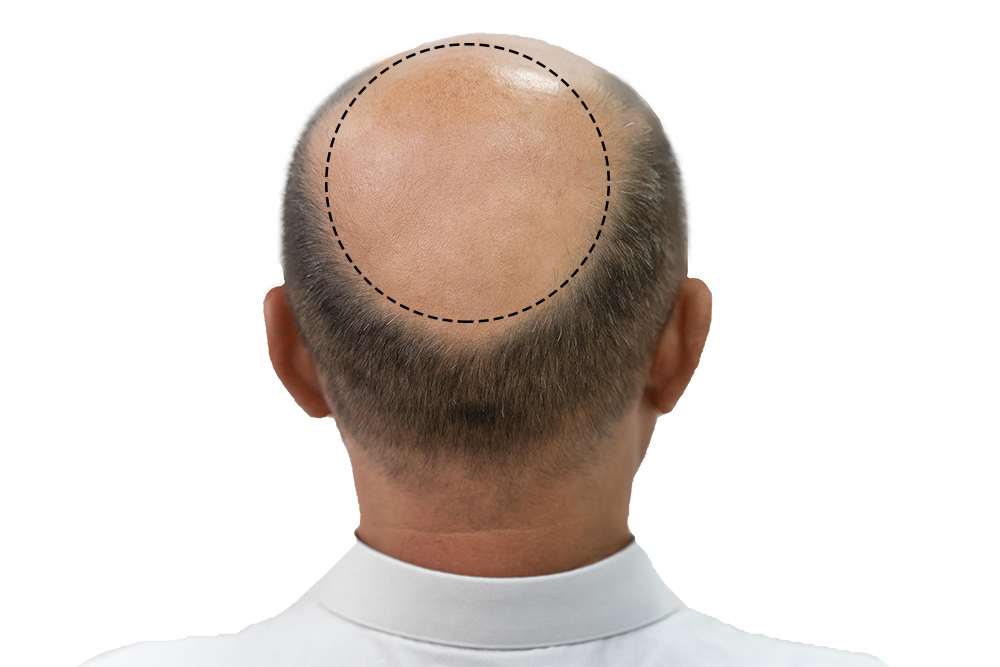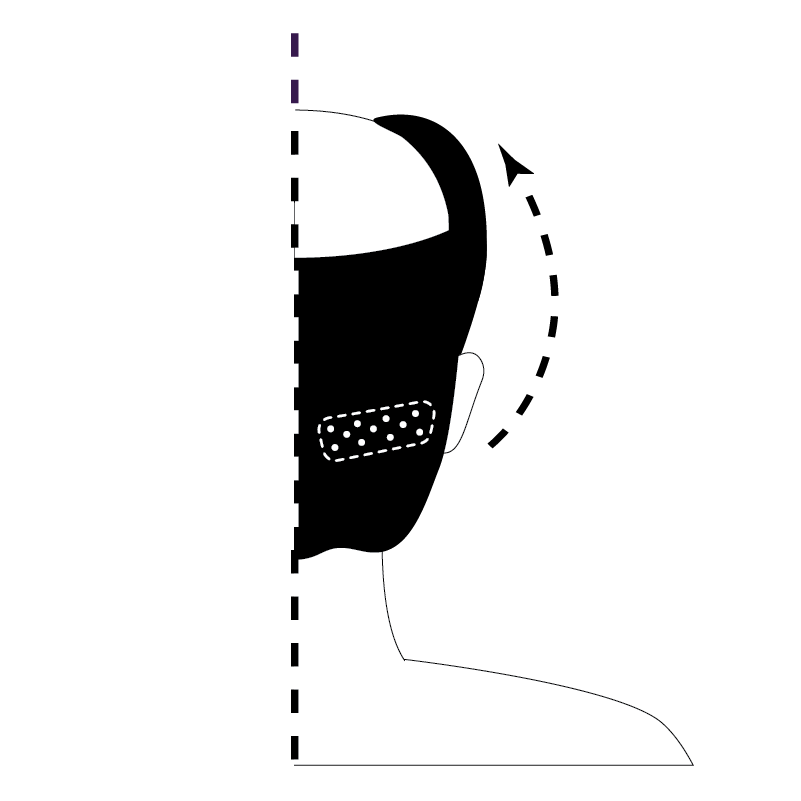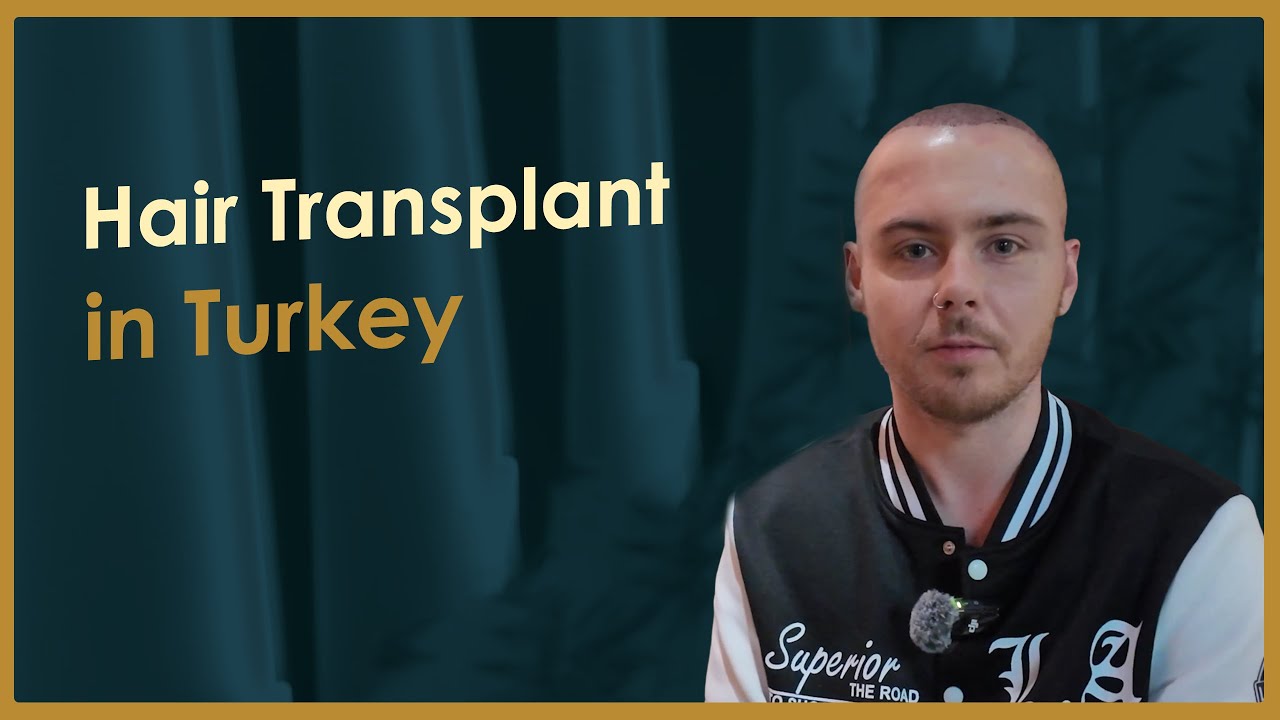FUE Hair transplantation in Turkey is a highly successful process. Hair transplant technology has come a long way since the day it was first applied, and has reached the latest state of the art with FUE hair transplantation, as this technique provides a permanent solution to the problem of baldness. The transplanted hair is the patient’s own hair follicle, extracted from the donor area and placed in the recipient area.
Turkey has become a global hub for medical tourism, particularly for hair transplants, as highlighted by Health Tourism Turkey.
Follicular Unit Extraction (FUE), also known as Follicular Transfer (FT), is one of today’s leading new-generation techniques. The success rate of treatment with this technique is very high, and the recovery period is equally short. It is a technique that has been favored by doctors and patients alike in recent years.
According to the International Society of Hair Restoration Surgery (ISHRS), FUE is one of the most advanced hair restoration techniques available today.
involves extracting individual follicular units, usually from the nape of the neck, the donor area, and inserting them into the open micro-channels of the recipient area (the balding area).

Why Hair Matters
Hair plays a significant role in how we perceive ourselves and how others perceive us. A full head of hair is often associated with vitality, confidence, and attractiveness, while hair thinning or baldness can sometimes create feelings of self-consciousness or even impact professional and social interactions. For many men and women, hair is not just about appearance: it is also tied to identity and self-esteem.
When hair loss progresses, it can cause a visible change in facial balance, making the person look older than they are. Restoring hair density helps rejuvenate the overall appearance, providing a more youthful, refreshed look. Beyond aesthetics, regaining one’s hair can lead to improved confidence, a stronger sense of self, and greater comfort in social settings.
This is why addressing hair loss through advanced methods like Follicular Unit Extraction (FUE) is more than just a cosmetic choice: it’s a way to restore both appearance and emotional well-being.
Causes of Hair Loss
Hair loss can result from a variety of factors, and understanding the cause is important before considering a transplant. While genetics is the most common reason, other health and lifestyle issues may also play a role.
Common causes include:
• Genetics: Male and female pattern baldness (androgenetic alopecia).
• Hormonal changes: Conditions like thyroid disorders or post-pregnancy shifts.
• Stress and trauma: Emotional stress, accidents, or scalp injuries.
• Medical conditions: Autoimmune disorders such as alopecia areata.
• Medications: Certain cancer treatments, blood thinners, or antidepressants.
• Poor nutrition: Deficiency in vitamins, iron, and protein.
A consultation with a specialist helps determine whether FUE is the right solution based on the specific cause of hair loss.
Techniques Used in FUE Hair Transplantation
The Follicular Unit Extraction (FUE) technique is one of the most advanced and widely performed methods for restoring natural hair growth. It focuses on harvesting and transplanting individual follicular units, which consist of one to four hairs, rather than removing a strip of scalp like older methods. This minimally invasive approach ensures faster healing, no linear scarring, and natural-looking results.
Here’s how it works in practice:
- Donor Area Preparation: The surgeon identifies areas of the scalp where hair growth is strong and permanent—typically the back or sides of the head. These hairs are genetically resistant to thinning and will continue to grow after transplantation.
- Follicle Extraction: Using a micro-punch device, the surgeon carefully extracts individual follicles from the donor site. Each follicle is removed with precision to preserve its structure and ensure survival during transplantation.
- Graft Storage: The harvested follicles are kept in a special solution to maintain their viability until implantation.
- Recipient Site Creation: Tiny channels are made in the thinning or balding areas of the scalp, with careful consideration given to angle, density, and direction for a natural hairline.
- Implantation: Each follicle is placed into the recipient site, following the natural growth pattern of the surrounding hair.
Thanks to the refinement of modern FUE tools, patients can achieve dense, natural-looking coverage with minimal discomfort and downtime. Advanced variations, such as sapphire FUE (which uses sapphire blades for channel creation) or robot-assisted FUE, further enhance precision and results.

Stages Of Hair Transplantation
The procedure is carried out in three main steps:
- Analysis and Preparation: The doctor examines the donor and recipient areas, designs a natural-looking hairline, and applies local anesthesia to keep the patient comfortable.
- Follicle Extraction: Healthy hair follicles are carefully removed one by one from the donor area using a micro-punch tool.
- Implantation: The extracted follicles are grafted into the recipient area at the right angle and density to achieve a natural appearance.
In most cases, the entire process lasts 5 to 7 hours, depending on the number of grafts and the patient’s needs. Thanks to local anesthesia, the procedure is virtually painless.
Who Is a Good Candidate For An FUE Hair Transplant?
- Healthy overall
- Do not suffer from advanced androgenetic alopecia or burn scars
- Donor area is suitable and dense
- Have realistic expectations about the results
- Committed to following pre- and post-operative care instructions

What are the Benefits of FUE Hair Transplantation?
An FUE hair transplant offers a natural-looking hairline because individual follicular units are transplanted in the direction of your existing hair. This method leaves only tiny, dot-like scars that are nearly invisible, even with short hairstyles.
Recovery is generally quick and comfortable, with minimal swelling or soreness. Most patients can resume daily activities within a few days.
The results are long-lasting, as transplanted follicles are resistant to the hormone responsible for male pattern baldness. FUE is also customizable, allowing surgeons to design a hairline that suits your facial features and aesthetic goals.
Beyond the scalp, FUE can restore hair in other areas like the beard or eyebrows, providing versatile solutions for hair restoration. Overall, it combines effectiveness, minimal downtime, and natural results, helping patients regain confidence and a youthful appearance.
What are the Risks of FUE Hair Transplantation?
Although FUE is considered a safe and minimally invasive procedure, there are some potential risks and side effects to be aware of. Temporary swelling, redness, and mild discomfort in the donor and recipient areas are common in the first few days after the procedure. Some patients may experience minor bleeding or scabbing at the incision sites, which usually resolves on its own.
In rare cases, there can be infection, poor wound healing, or follicle damage, which may affect hair growth. Slight unevenness or patchiness in hair density can occur if the follicles do not take evenly, although experienced surgeons minimize this risk. Numbness or temporary altered sensation around the donor area is also possible, but usually resolves within weeks.
Choosing a qualified, experienced surgeon and following all pre- and post-operative instructions significantly reduces these risks, ensuring the best possible outcome.
Myths about FUE Hair Transplants
There are many misconceptions surrounding FUE hair transplants, which can make people hesitant to consider the procedure. Here are some common myths debunked:
- Myth 1: Hair Transplants Look Unnatural
Some believe transplanted hair will appear fake or obvious. In reality, when performed by an experienced surgeon, FUE results are natural-looking because individual follicles are carefully placed to match the natural growth pattern. - Myth 2: Only Young Men Can Get Hair Transplants
Hair loss can affect adults of all ages. While younger patients are evaluated carefully to ensure realistic expectations, age alone is not a limitation. - Myth 3: FUE is Painful
Modern techniques and anesthesia make the procedure virtually painless. Patients may experience mild discomfort during recovery, but it is manageable with prescribed medication. - Myth 4: Transplanted Hair Will Fall Out Quickly
Once follicles are successfully implanted, they are permanent. While some initial shedding may occur in the first few weeks, this is normal and part of the growth cycle. - Myth 5: Hair Transplants Prevent Future Hair Loss
FUE restores hair in the treated areas but does not stop ongoing hair loss elsewhere. Future hair loss may require additional treatment or preventive measures. - Myth 6: The Procedure Leaves a Large Scar
Unlike older methods, FUE leaves minimal scarring because follicles are removed individually. Tiny dot-like marks in the donor area usually heal within days and are virtually invisible, even with short haircuts.
Breaking these myths helps patients make informed decisions and sets realistic expectations for what an FUE hair transplant can achieve.

FAQs
Is it painful?
FUE hair transplantation is performed under local anesthesia, meaning that the scalp is numb and you feel nothing.General anesthesia can be used, but is not recommended because of the risks and side effects involved.
Will there be visible scarring?
FUE is minimally invasive. Tiny, dot-like marks in the donor area are nearly invisible, even with short hairstyles. Unlike older methods, there is no linear scar.
Will transplanted hair fall out?
Some shedding occurs in the first few weeks due to the natural hair cycle. This is temporary, and new, permanent hair will grow from the transplanted follicles.
Can I combine FUE with other hair treatments?
Yes. Many patients combine FUE with PRP therapy, medications, or topical treatments to enhance results and maintain healthy hair growth.

